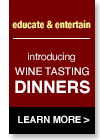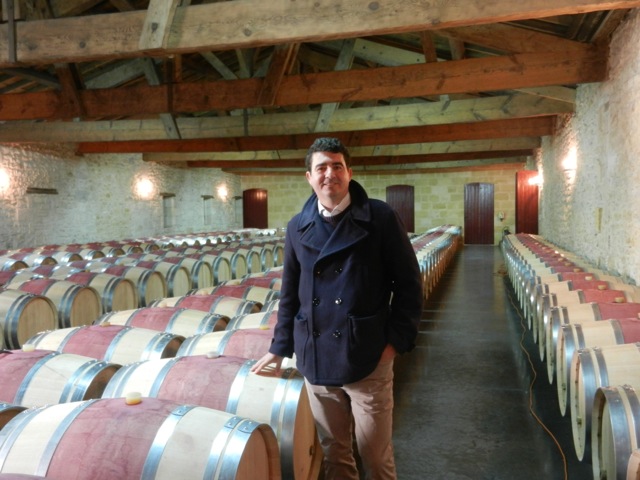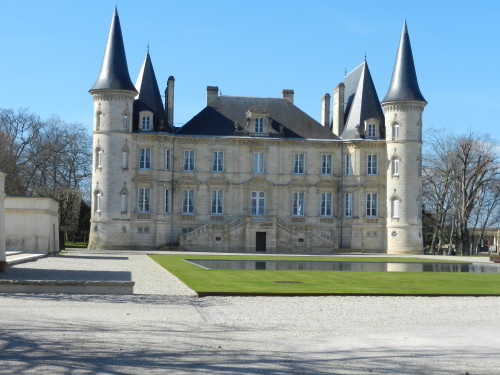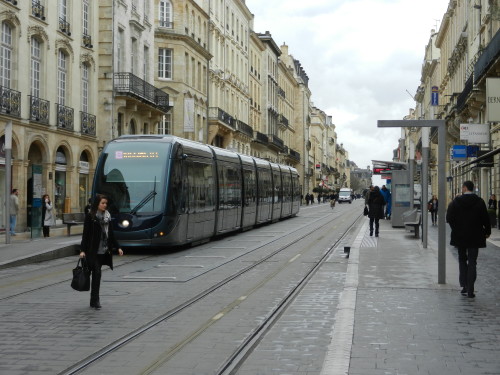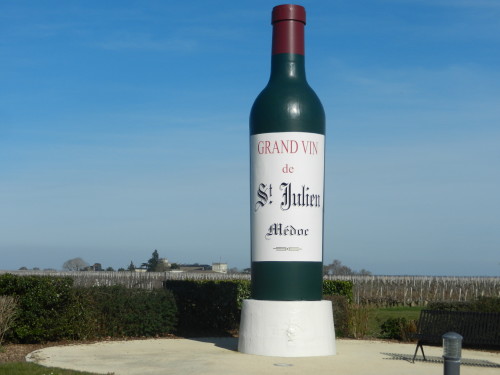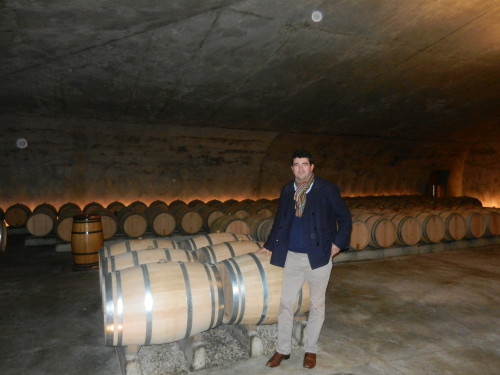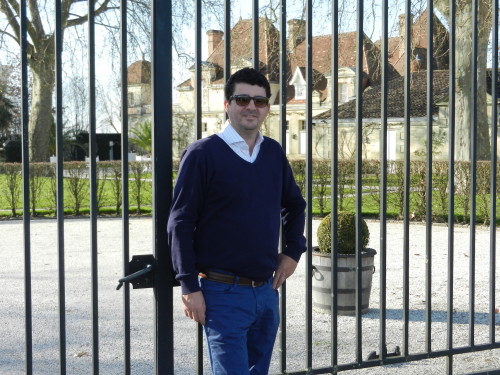Due diligence is paramount if you are selling something as complicated as higher end French and Italian wines. The customers are passionate and have a thirst for knowledge. This is my point of view for the 2014 Bordeaux vintage and the current state of the market.
Bordeaux wine is more than just wine, it’s a financial barometer, not in the same way as oil, gold, or real estate, however it moves in tandem with these asset classes. It can and does outperform them on yield. Recent seismic moves such as the collapse in the price of oil and volatility in global currency markets reflect instability. It seems there is a flight to quality, US assets are in high demand and naturally enough this had led to a strong dollar which is tremendously good news for Bordeaux.
What happened to Bordeaux after 2010 is a grey area. It’s sadly a story of greed followed by a public relations disaster and to my mind there is one extraneous circumstance which has not been accounted for, that is of course that the American buyer has morphed, aided and abetted by the advent of new technologies.
I would like to step back and explain my line of thought. There was a tremendous wave of Chinese speculative buying of the stellar 2009 & 2010 vintages at astronomical prices. 2005 was a great year, 2007 & 2008 were rather ordinary, (referred to as Classique years in the business) but by 2009 the Chinese economy was on fire. In order to have a consistent market place there needs to be several players at the table to provide liquidity. Looking back there was no way the 2009 & 2010 vintages would perform as well as the 1982s or 2000s without the traditional Brits or Americans taking part in the auctions. I’m not just referring to price but moreover distribution. The sub-prime meltdown had such a dramatic effect on these traditional players leaving them with no alternative but to opt out and pass on their annual allocations. After the bloodbath in the US economy post 2009, the speculators were left licking their wounds in the abyss while the traditional American Bordeaux buyer was severely miffed at the astronomical rise in prices in the Cru-classed market. It appeared as if the Bordelais’ allegiance evaporated to their allies overnight in pursuit of a fast buck. It’s true that the Cru-classed wines had risen sharply but the other ninety percent of the Bordeaux market remained consistently priced and quality levels were and remain first class.
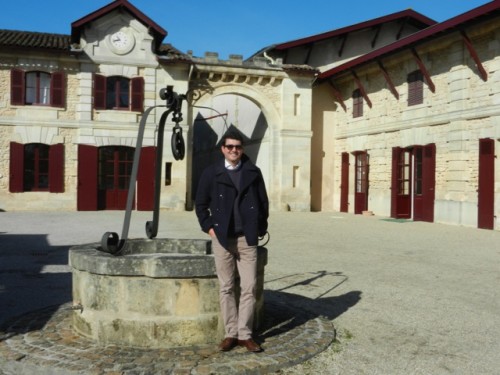
I have been afraid to address this issue as I just got into the business and Bordeaux is perhaps the wine I identify with most. Seeing the younger modern wine drinker shun Bordeaux has forced me to look inward. I buy Bordeaux because I grew up with it and I love it, when the wines are good they are unbeatable. I bought a Pomerol wine last week, Clos l’Enclos 2005 for forty-five bucks and it was superlative. There was always a bottle of Bordeaux on our dinner table. In the fridge there were some constants, Dijon mustard, Marks & Spencer pork pies, Heineken lager, and more often than not, a two day old Bordeaux with the cork half in. Today’s wine world is different, many a fridge will have wines from a myriad of places, we even have wines from China and although I haven’t tasted any, the reputation is gaining momentum, perceptions and attitudes are changing.
The young American wine drinker is attracted to wines that reflect their values and ideologies. Also, the modern American will waste no time to work out what you are trying to tell them, the message has to have immediate shock value otherwise the product is dead in the water. The very nature of selling Bordeaux was shrouded in a world of secrecy. The Bordelais sold their wines to the negociants, who then sold it to the importers. The chateaux deem their job done once they have sold their wines. Very little happens by way of public relations, in fact there is no public relations. In order to do a tasting at an estate, one has to have an ‘in’ such as a negociant contact or friend, to this end, Bordeaux has become less visible in this fast world of information flows on social media etc. The younger buyer in America is less aware of what Bordeaux actually means to the world of wine. Napa is much more accessible, the estates are open for tastings & events, it’s more commercial at eye level and in a word, approachable, Napa is pure capitalism at work.
Sine-Qua-Non is a cult wine from California, the wines can sell well into the hundreds of dollars which is as expensive as most of the Cru-classed Bordeaux wines if not more. The labels can only be described as modern art, eye-candy with a huge shock value. I would imagine they have had to have been inspired by Mouton Rothschild from Pauillac who have been exhibiting great artists on their label forever. There are all sorts of new industries in the states, much of it pertaining to technology. Young start-up entrepreneurial types are making lots of money in whatever discipline they choose. These guys & Gals walk around town in flip-flops and shorts, shaggy hair and a look and attitude akin to the beaches of Santa Cruz.
Sometimes I don’t understand how they made their money as everything is very laissez-faire, but one of the first things I learned in California is never judge a book by its cover. The modern American who has money drives an emission free car and instead of bacon & eggs for breakfast it’s a smoothie and exercise. They are less impressed with tradition and open to contrarian ideology. On the other hand the Bordeaux drinker of yesteryear was perhaps a professional of some sort who came from a middle-upper class family, went to a good university, got a good job and finally after having two kids by the age of thirty-five started his own wine collection. He went after the traditional Bordeaux wines as that’s what his forefathers drank. Rather sexist and elitist I should think? In modern America the young lady drinker is as important as her male counterpart; it feels like the sexual revolution never really took off in Bordeaux.
When it comes to party time these millennials don’t hold back on the wine list. Californian wine culture is a country mile away from the closed door traditions of Bordeaux. Napa reds are far more concentrated and alcohol content is considerably higher. There is immediate gratification for the drinker, with powerful fruity aromas, a very full velvety feeling in the mouth and overall lots of pleasure. On the other hand there is no way near the vintage variation and diversity that you find in Bordeaux where the wines tend to veer towards style and elegance, meaning alcohol levels are important but balance is paramount. California wines can be excellent, tasted blind they will blow you away, but buying Californian wines over Bordeaux based on the premise that Bordeaux has become too expensive is simply a lie and anyone who gives this as a reason for not buying Bordeaux is misinformed.
Perhaps Bordeaux doesn’t have the wow factor right now, but to me that screams of opportunity. The 2014 vintage is going to be something special, perhaps in the same vein as 2001 as the growing season started off with a warm spring followed by an unusually cold summer which was plagued with showers and storms and the overriding fear was, that the vintage was lost.
However, there was to be a silver lining in the form of a spectacular Indian summer in September & October that allowed for a perfect ripeness in the grapes. This type of weather is rare in Bordeaux (previous vintages 2000, 05, 09 &10) and as a result of this late surprise a lot of people are excited about the wines. I am buying in Fronsac which is on the opposite side of the Medoc near to Pomerol and Saint-Emillion. I am also buying in the Medoc, but Fronsac presents real value. Wines such as Haut-Carles (Haut-Karl) tasted blind will match pretty much anything. They are elegant, loaded with dark fruit just as one expects from Bordeaux and will sell between $32-$40. I would think going off taste alone that similar offerings out of Napa would go for over $100 per bottle. These wines are even better with seven or eight years under the belt. I tasted the 2006 Haut-Carles at the property and it was tremendous, these wines will compete and beat most of the competition, I have no doubts. The trifecta of a weak euro, a great 2014 vintage and a healthy US economy should mean a strong demand for Bordeaux. This vintage of 2014 presents itself as a golden opportunity to the Bordelais. I’m sure they noticed the indifference over the last three en primeur campaigns of the traditional buyers, hopefully they will wake up, smarten up and leave prices as they are which in turn will curry favor with the new modern American drinker and ignite a renaissance. I’m excited to see the scores. Aren’t you?
